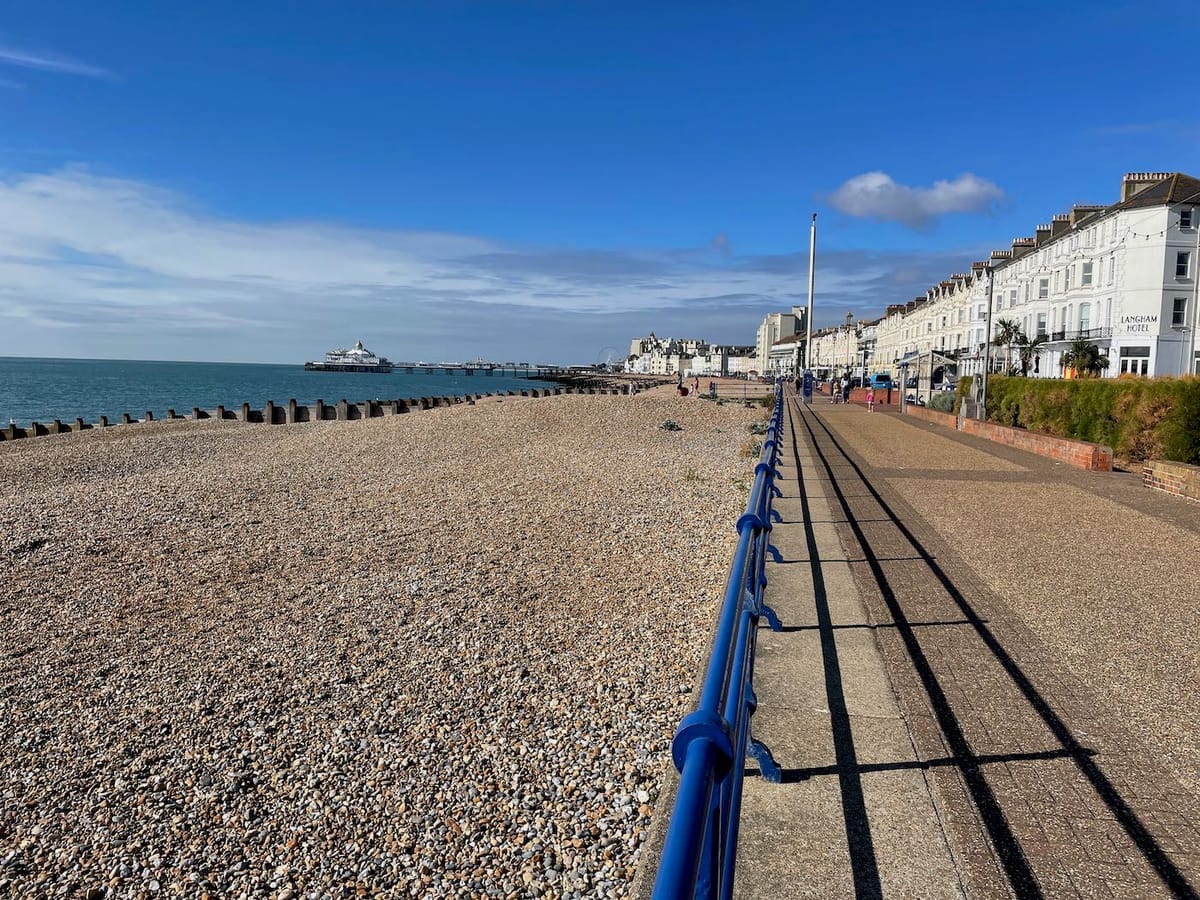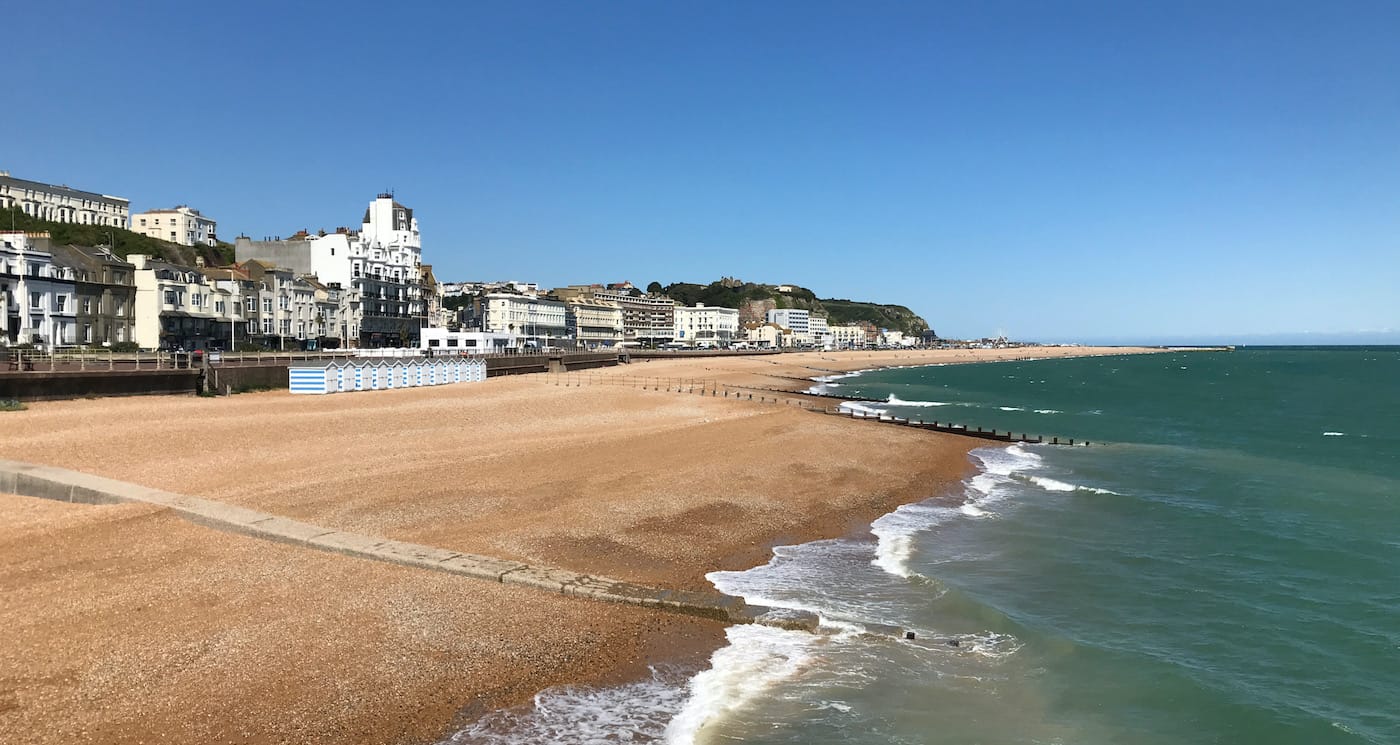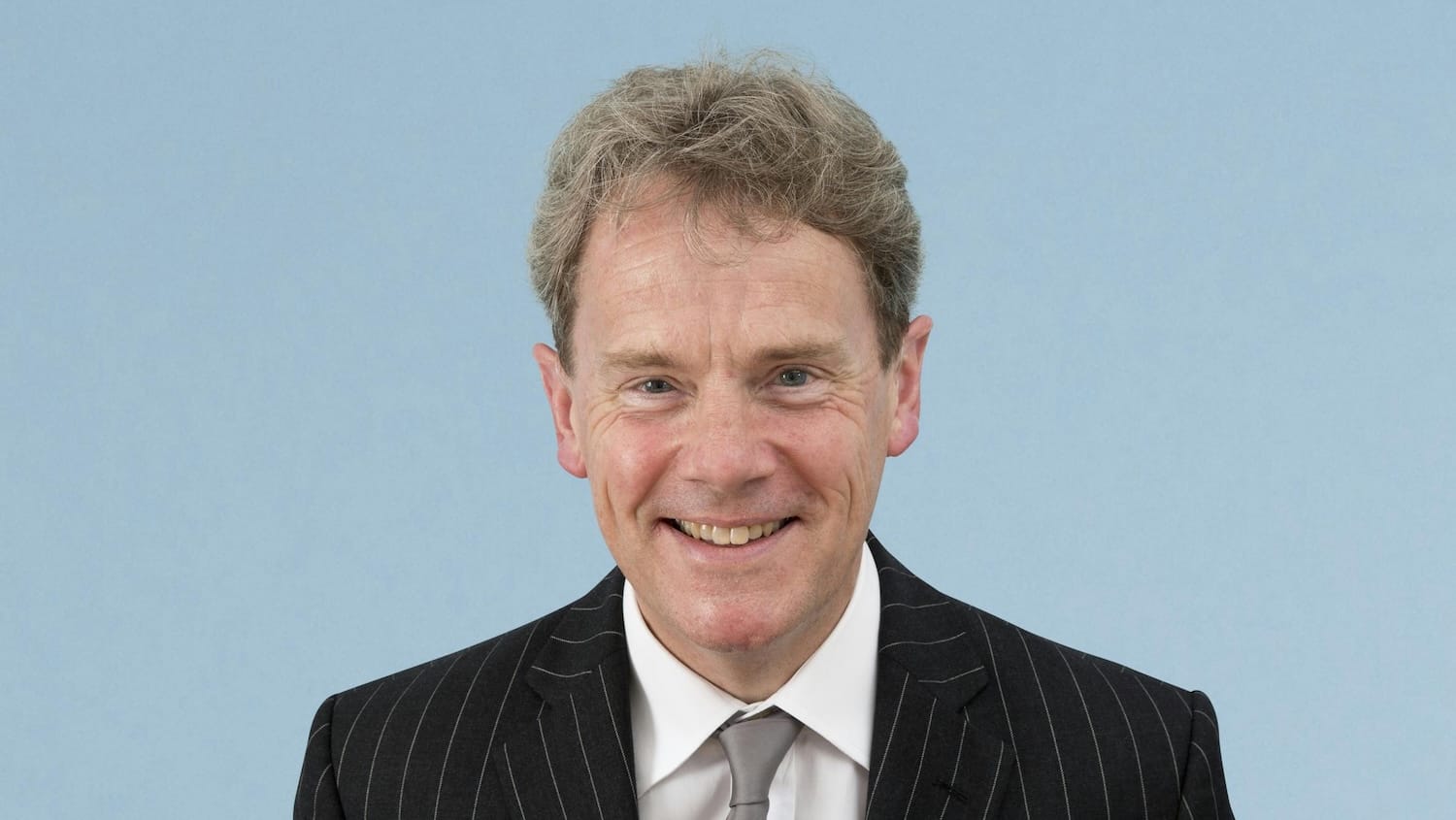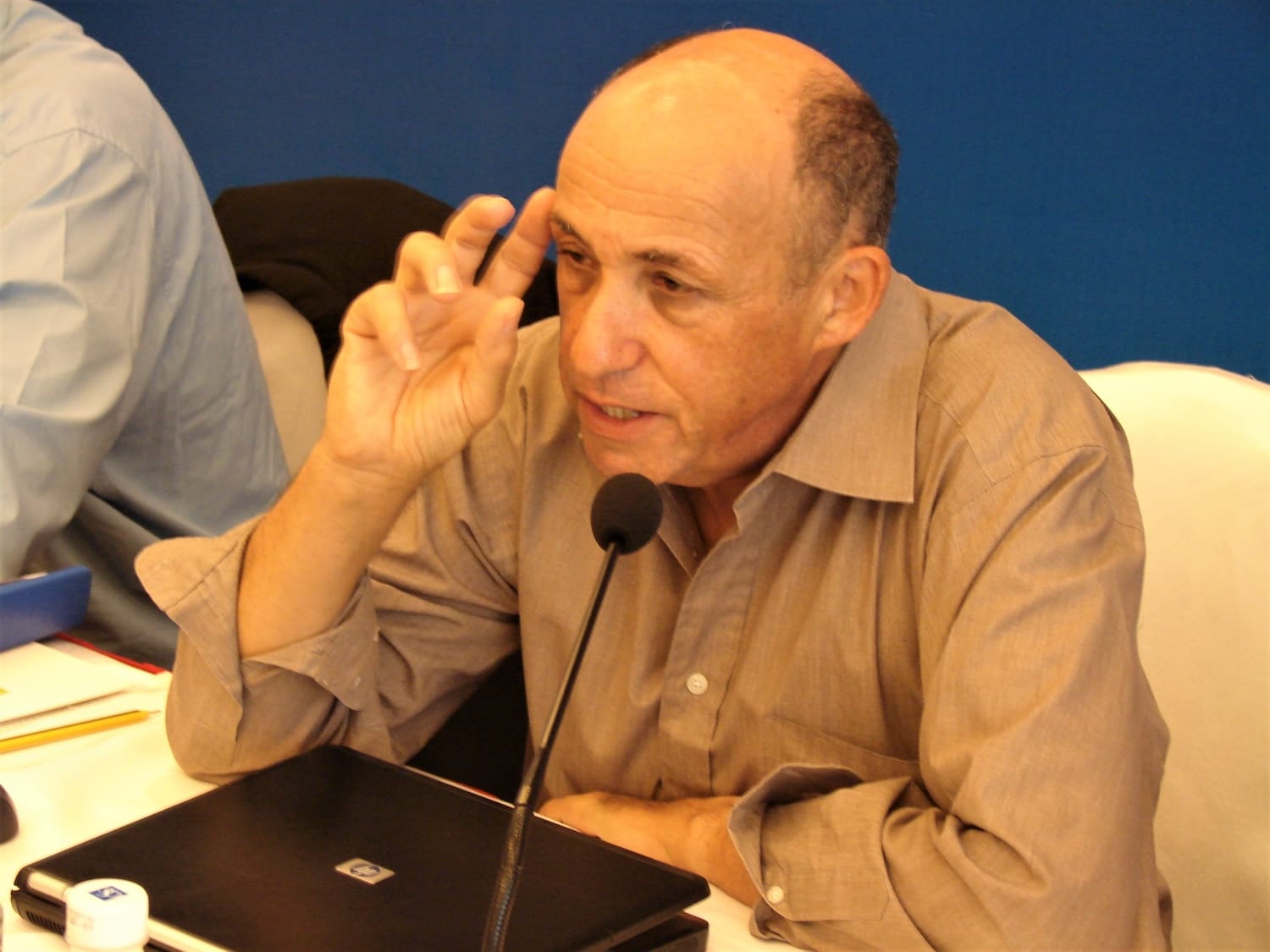Debt, democracy and identity debated in councils shake-up

The way Eastbourne residents are represented is about to change.
Over the next few years, Eastbourne Borough Council will be abolished, new councils will be set up and there will be a mayor covering the whole of Sussex.
How will these reforms affect the people of Eastbourne? And how will residents make their voices heard in future?
In this three-part series, Eastbourne Reporter writer Paul Bromley, a former national political journalist, explains the issues in depth and hears directly from some of the key people involved.
The first feature examined devolution and the creation of a Sussex-wide mayor. This second feature looks at Local Government Reorganisation and new unitary councils.
It’s more than 50 years since the two-tier structure of local government for Eastbourne was established.
The changes in 1974 meant East Sussex County Council (ESCC) is responsible for major services such as education, social services and highways while Eastbourne Borough Council (EBC) looks after local planning, housing, leisure and refuse.
Even though Eastbourne residents pay their council tax to EBC, the biggest proportion of the money goes to ESCC. Have a look at your annual council tax bill and you’ll see how the split works out.
What is Local Government Reorganisation?
Reorganisation is intended to replace the two tiers of local government (county and districts/boroughs) with just one council providing all services across a wider area. These councils are known as unitary authorities.
Sussex currently has one unitary authority in Brighton & Hove. The rest of East Sussex and West Sussex have two tiers.
In East Sussex, there is one county council (ESCC) and five districts/boroughs: Eastbourne Borough Council, Lewes District Council, Hastings Borough Council, Rother District Council and Wealden District Council.
All the councils were asked to submit their plans for reorganisation to the Government.
What is Eastbourne Borough Council’s view?
Eastbourne supports the idea of a single unitary authority covering the whole of East Sussex within existing boundaries. It would replace the one county council and five district and borough councils. This plan is known as One East Sussex.
Cllr Stephen Holt, leader of Liberal Democrat-run EBC, said in a press release in September: “A single unitary authority following the existing East Sussex boundary will provide a stronger, more unified voice to attract investment and promote economic growth.

“It will also put us in a stronger position to secure funding from the government to fast-track infrastructure development, tackle climate change, and develop the skilled workforce needed to create more homes and jobs across the county.”
The business case for One East Sussex was set out by ESCC. It said: “One East Sussex shows that a single unitary council would be simpler for residents, would save money, and would avoid the extra complexity of splitting up existing services.”
What do other councils in East Sussex say?
Some other councils also support One East Sussex.
They include ESCC (which has a Conservative minority administration), Lewes District Council (controlled by an alliance of Greens and Labour) and Rother District Council (under no overall control but led by the Rother Alliance including independents).
Green-led Hastings Borough Council also supports One East Sussex but sent two other proposals for the Government to consider.
The council’s Cabinet endorsed the One East Sussex model but councillors also asked ministers to consider a new coastal unitary authority which would cover Eastbourne, Hastings, Rother, Seaford and Newhaven.
As if that wasn’t enough, Hastings Independents put forward yet another idea: a district and borough federated system. This would abolish the county council and return most local decision-making to the five districts and boroughs of Hastings, Rother, Eastbourne, Lewes and Wealden.

Then there is Wealden District Council, run by the Alliance for Wealden, a cross-party group formed by Liberal Democrat, Green and Labour councillors.
It initially supported the One East Sussex idea but at the last minute announced it was pausing its commitment to the proposal. Then it withdrew support entirely.
In the end, Wealden didn’t put any plans forward for the Government to consider.
It said it supported in principle the idea of the whole of Sussex being split into five unitary authorities – something Brighton & Hove City Council has proposed – but said it hadn’t had enough time to look at the suggestion in detail and so could not endorse it.
Why are there differing opinions?
It comes down to the Ds: debt and ‘democratic deficit’.
Smaller councils are worried that they will be lumped in with larger authorities who have much higher debts.
Official figures show Eastbourne’s debt is much higher than the other councils in East Sussex.
Eastbourne is in the top 20% of non-metropolitan district total debt levels across England measured by debt per person. The council’s debt amounts to £1,767.86 per resident.

Servicing the debt as a percentage of core spending is 38.4% for Eastbourne. That’s the total amount of money required to pay off the loan or debt including both the original amount borrowed and interest payments.
Eastbourne’s debt percentage is higher than every other area within East Sussex. It compares with 24.8% for Hastings, 23.1% for Lewes, 9.3% for Rother, 4.7% for Wealden and 2.71% for East Sussex County Council. The median for English districts is 11%.
Wealden council leader Cllr James Partridge said in a press statement that the council was “struggling to support a business case that would see the new local authority plummet into debt from day one, whilst also being so vast that local services for our residents, especially those in rural areas, are bound to suffer”.

Some are also concerned about the ‘democratic deficit’: they say creating bigger councils covering larger areas would affect the long-established link between residents and elected representatives.
A summary of the responses to an earlier consultation process noted: “A recurrent theme during resident engagement about LGR [Local Government Reorganisation] in East Sussex was that larger governance structures could lead to a loss of local representation and control, making it harder for residents to have their voices heard.
“Those concerns were echoed in feedback from [council] leaders and other elected members who fear that fewer councillors and larger wards could reduce accessibility and local accountability.”
Cllr Partridge (Lib Dem) commented: “A single East Sussex unitary council covering approximately 550,000 residents would be far too large and unwieldy. It would lose touch with local communities and be unable to provide the responsive, high-quality services our residents deserve, and – as our consultation clearly showed – want us to prioritise.
“In particular, we run the risk of rural communities being under-served, and under-represented. We know that residents appreciate close connection with local councillors who understand their area.”
Can a political consensus be reached?
That’s not likely to happen, according to Ivor Gaber, a Brighton resident and Emeritus Professor of Political Journalism at the University of Sussex.
He told Eastbourne Reporter: “I doubt whether there will be consensus. How people feel about their own localities can be quite emotional and, sometimes, irrational so to expect a consensus on these matters is unrealistic.

“For example, some groups in East Saltdean, Telscombe and Peacehaven feel very strongly that they don’t want to be part of a Greater Brighton, despite the fact that economically, commercially and in most other ways they are clearly suburbs of the city. Those against the Brighton proposal claim an allegiance to Lewes even though this is no direct public transport connections between these suburbs and Lewes.”
Is local government reorganisation trying to create an unnatural regional identity out of diverse communities?
Prof Gaber commented: “I think that while the current organisation of local government has created some local/regional identities, I have heard many speak (with some pride) of ‘Sussex’ as a whole, although that is less the case with Brightonians who do not identify with the rest of the county in the same way … apart from at Hove cricket ground!”
What happens next?
Ministers are considering all the options put forward by the different councils and groups.
The Government is expected to start a major consultation soon with all Sussex residents on what it thinks are the ‘valid’ proposals for local government reorganisation. That means some of the ideas may be dropped in favour of just a few options – in effect a shortlist of plans.
A final decision will be made in the spring. There will then be legislation and structural orders throughout 2026.
Elections for the new unitary authorities are due to take place in May 2027 and they would run in shadow form alongside the current structure before taking over in April 2028.
:: Paul Bromley is a qualified journalist and broadcaster who worked for 40 years for regional newspapers, the Press Association and Sky News. He now works in community rail. He is a volunteer writer with Eastbourne Reporter.
:: This type of genuine journalism – researching, interviewing and asking questions – takes a lot of time and this experienced writer was unpaid. We don't have enough money.
Eastbourne Reporter is free to read but would not exist without help from you. One-off donations are here or buy us a virtual coffee and cake here once a month. If seeing PR handouts presented as 'news' irritates you, you're in the right place.


